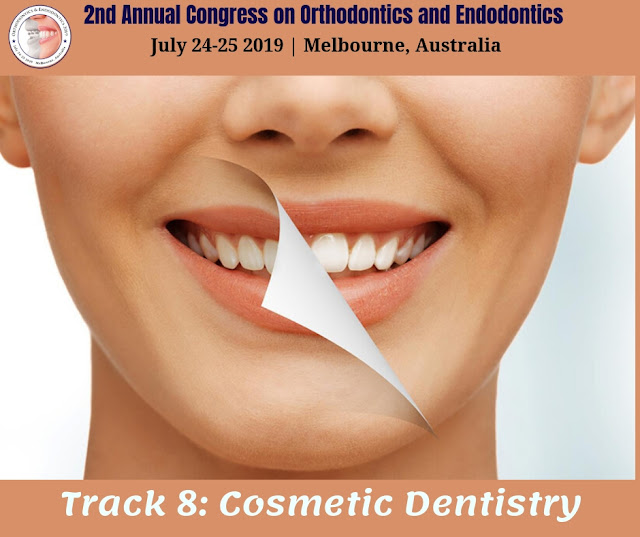Track 19: Advances in Dentistry

The field of dentistry is constantly evolving and changing to best suit patient needs. Here are some of the newer dental care procedures and techniques that leading dentists are bringing into their practices.
Digital X-Rays—Digital X-rays are faster and contain less radiation than traditional X-rays. When a patient has a digital X-ray done, the image appears on the computer in a matter of seconds. Your dentist can then zoom into the image to better assess and educate the patient regarding their oral health. Digital X-rays are also less harmful to patients as they contain up to 90% less radiation compared to traditional X-rays.
Invisalign—Invisalign is clear, practically invisible braces that can gently straighten your teeth. They provide an effective and comfortable way to straighten your smile without the inconvenience of wearing heavy, metal braces. Invisalign braces are easy to take out for cleaning and don’t require a restriction on what type of foods to eat. They get the job done in less time with less hassle.
Laser Dentistry—Lasers are used to improve efficiency and eliminate discomfort in a number dental procedure, including filling cavities, reducing tooth sensitivity, getting rid of tumors, and whitening. Laser dentistry is fast, painless, and can effectively eliminate any form of bacteria during the procedure to avoid any further complications or problems.
VELscope—VELscope is a special type of light that a dentist will shine in a patient’s mouth to detect any abnormalities. This new form of technology is effectively used to detect early forms of cancer or disease during an oral cancer screening.
HealOzone—HealOzone is a fast, easy and painless way to eliminate tooth decay. HealOzone is effective because it contains ozone (O3), which is a common, natural gas that effectively kills bacteria and fungus. HealOzone is a great tool to detect and get rid of any early signs of tooth decay before it progresses to a more advanced stage.
DIAGNOdent— DIAGNOdent is a new, state of the art device that dentists use to detect cavities that are hiding in places regular x-rays can’t find. It ensures that your mouth has been thoroughly checked for early signs of cavities to avoid you having to spend more in the future if the cavities progress and expand.
Intraoral Camera— An intraoral camera is a tool that dentists use to gain precise and well-defined pictures of hard to see places within a patient’s mouth. The camera also allows the dentist to show these images to patients while assessing and educating the patient’s needs. This new form of technology allows the dentist to conduct a thorough checkup of your mouth and better assess their patient’s oral care needs.
Submit Your Research Click Here


Comments
Post a Comment